From the grimy streets and incessant catcalls in Paharganj, Delhi’s backpacker central, to memorable nights under the stars in the desert near Jaisalmer, I couldn’t garner my thoughts into a unified emotion from one minute to the next during my trip around India. Spending ten hot hours cramped in a train carriage, three people to a single seat, sipping on unspeakably delicious chai tea I found India both tough and rewarding in the same breath.
And from time to time the experience can seem even more perplexing for ladies (we’re talking about a country where the metro in New Delhi and some trains offer a separate carriage for women because of safety and sexual harassment issues). But India isn’t just perplexing, it’s rich with potential. Female visitors may feel like a princess one day–swathed in sari silks and painted with henna, and a prisoner the next–when just by virtue of being female, they need to carefully consider every outing.
A little advice can go a long way when it comes to enjoying India safely, on your own.
Cover up
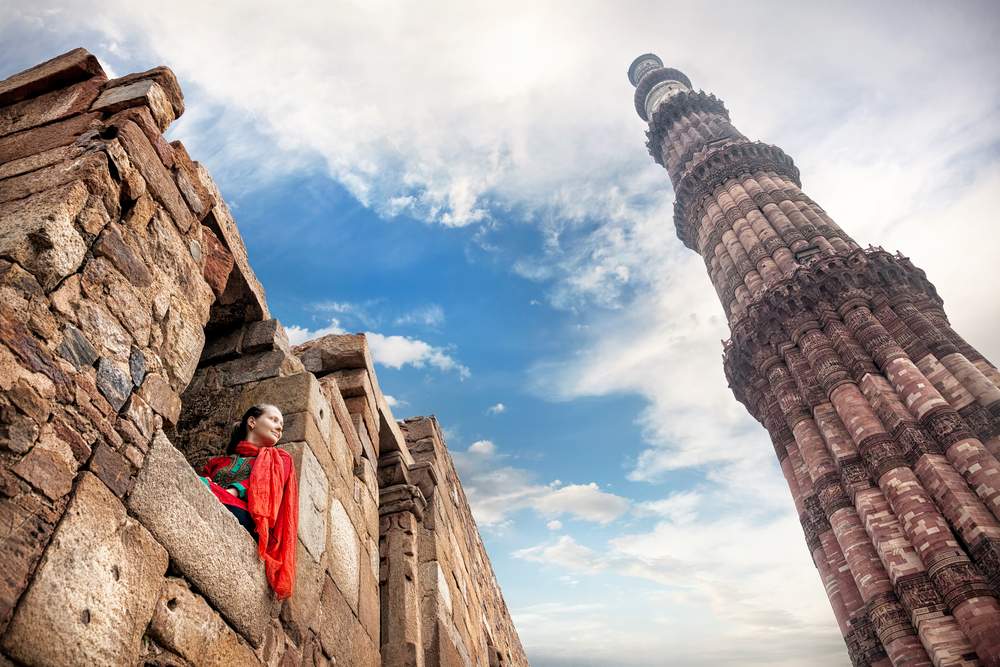
Perhaps one of the most vital concepts to grasp about India is the importance of dressing modestly. Regardless of your personal opinion on a woman’s right to wear what she wants, the reality is that clothing is much more conservative in India than it is in the likes of Europe, America, Australia, and other countries that are more liberal in the amount of material you must put on your body to be regarded as decently attired.
When we travel, it is our responsibility to adapt to a country’s local customs, yet time and again in India I witnessed tiny denim-short-clad girls cooling down in crop tops as they sauntered through the streets, scowling and frowning at the men (and women) who met them with long, inquisitive stares. The reality is that Indian women cover most of their bodies, and if you reveal more than is locally customary, you’re going to receive quite a bit of unwanted attention from men and women.
That’s not to say you have to go completely native and wear only saris and shalwar kameez (though the colours and materials are beautiful enough you may want to at least consider it), but covering your knees, shoulders, and chest is highly recommended whenever you’re out in public.
Yes, the idea of wearing long trousers or a skirt and a long sleeved top in the sweat soaking heat sounds unbearable, but there are some benefits, including not having to continually reapply SPF 50 and keeping the mosquitos at bay. If even your lightest clothes at home feel too heavy, consider buying some items in India. I picked up a super thin pair of trousers for just $2. They’re light, dry quick, and are still one of my firm favorites for traveling.
Book train tickets ahead
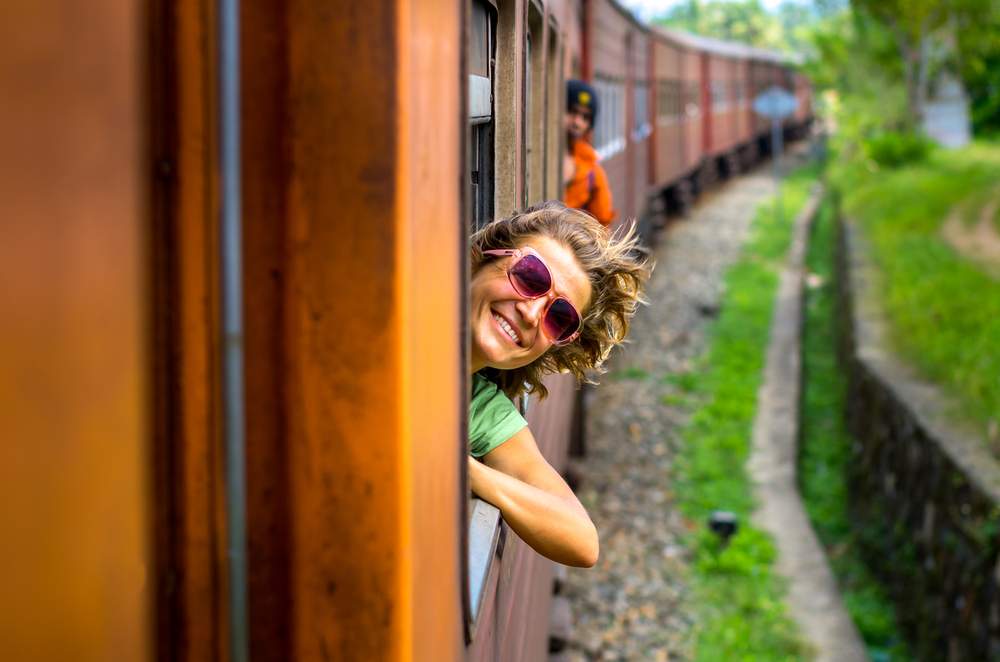
The train system is definitely one of those things on my love and hate list in India. The network is extensive, the views impressive, the prices cheap, and the ability to sleep your way to most destinations is literally a dream. However, it’s not always that straightforward, especially when it comes to buying tickets.
Trains are one of the main forms of transport in India, and tickets sell out weeks and even months in advance on popular routes. For the unprepared backpacker with loose travel plans and a tendency for impulsive side-trips, this can present a problem as last minute jaunts can be near impossible to put into effect. My best advice is to book train tickets as soon as you can, and even if you don’t know your exact itinerary, book anyway as unused tickets are usually refundable if you follow the process properly.
Before you hand over cash or buy online, it’s worth spending time getting to know the booking system, as it’s possible to buy a seat or bed when space on the train doesn’t actually exist. Such tickets are known as waitlist or WL tickets, which mean that the people in front of you on the waitlist would need to cancel before your seat or bed is confirmed. Given that wait lists can run to several hundred people long, this can be an exercise in impossibility, and even with a low number WL ticket e.g. WL3, there’s no guarantee that you’ll get a confirmed ticket. In short, if you don’t want to get stuck, get booking.
The other cheap option is taking a seat instead of a bunk, and this can pay off for shorter journeys, but again it is best to book a spot. After missing my train (take note there are two train stations in Delhi), I was left with no choice but to take an unreserved class ticket on the next train. At first, I was elated at the minuscule cost, but I quickly realized that I hadn’t made such a great deal when I tried to board the train, complete with backpack, only to realize I was in a scrum so ferocious I wondered if we were scrabbling for the last place in paradise. Once on board, I shared a six-hour journey with forty or more men, legs dangling from luggage racks staring at non-local girl while I shared a single seat with three other boys.
“You shouldn’t have to travel like this.” It was advice imparted by one of my fellow seat shares (who had his brother on his lap). While I became firm friends with the brothers during those hot and unbearable, bottom-numbing, back-breaking hours, I couldn’t agree more with his advice.
As for the metro in Delhi, there are mixed as well as women-only carriages. I used both without any problems but enjoyed the latter if only to observe the chatter, laughter, and camaraderie that these female only spaces seemed to encourage.
For more information on the Indian train system, I found this useful site: Seat61.com
Pamper yourself
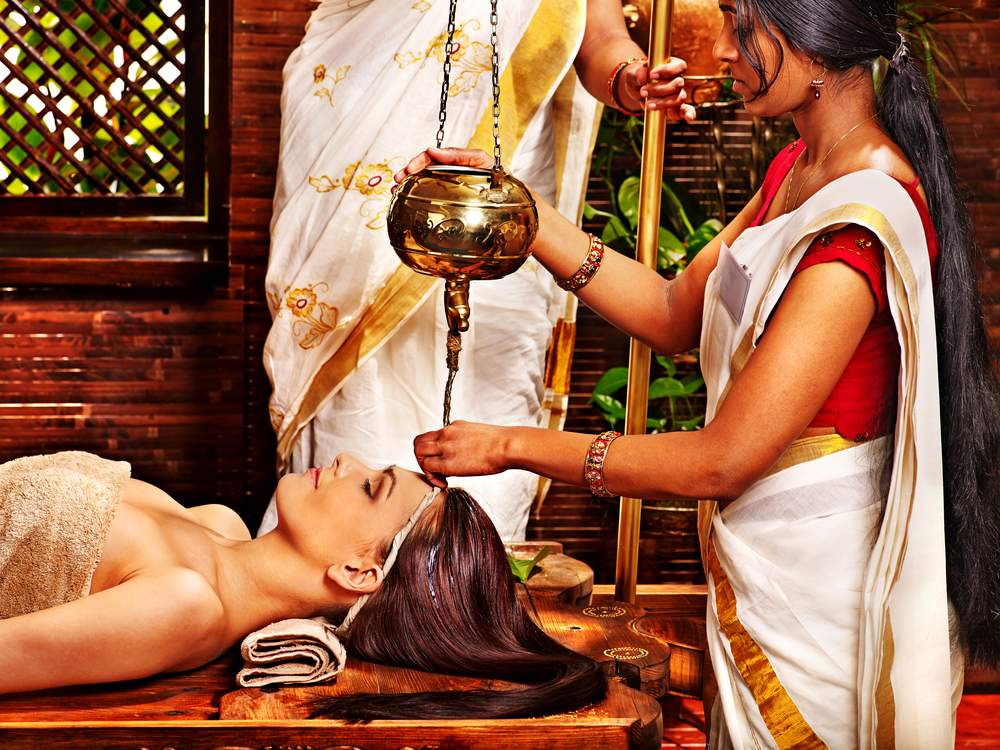
After spending a night on a sleeper train or working your way through the city streets, you’ll quickly come to notice that there’s a lot of dirt in India, where even the cows can be brutal (one pushed past me in a narrow alley and brushed its diarrhoea cursed backside across my bag – an all-time low point on my trip that prompted an urgent need to buy a new bag). All of that said, it is paradoxically easy to pamper yourself in India.
As the birthplace of Ayurvedic treatments, it’s easy to indulge in the benefits that this form of traditional medicine promotes. From a head massage with oils to a relaxing hour or two of treatments, you can float into a body balancing state of bliss for a smidgen of the cost you’d pay for the same service elsewhere.
The dark haired ladies of India have gained considerable expertise in removing unwanted hair. Their methods may be unconventional – I specifically recall having a leg wax in the back room of a second-hand bookstore where the wax was removed with strips of denim – but highly effective. Threading is another tradition that gives an impressive shape to eyebrows that no waxing or plucking can begin to compete with. I’m personally too much of a wimp to undergo the treatment again–I’d compare the pain to getting attacked by a blunt hacksaw, but many girls swear by threading, and the outcome is incomparable.
And then there are the saris. I spent hours fondling the fine materials, adorned with sparkly, glittery, shimmery detail in the silk and sari stores. Meter after meter of material draped over, tucked and twisted to make you feel like a princess. I’d recommend trying on a sari at least once…and it would be a shame not to get some henna art to complement your new look! Even if you don’t love saris, India’s a great place to buy fabric and have clothes tailor-made at a fraction of the cost you’d pay in most western countries.
Consider the Bathroom Situation Carefully
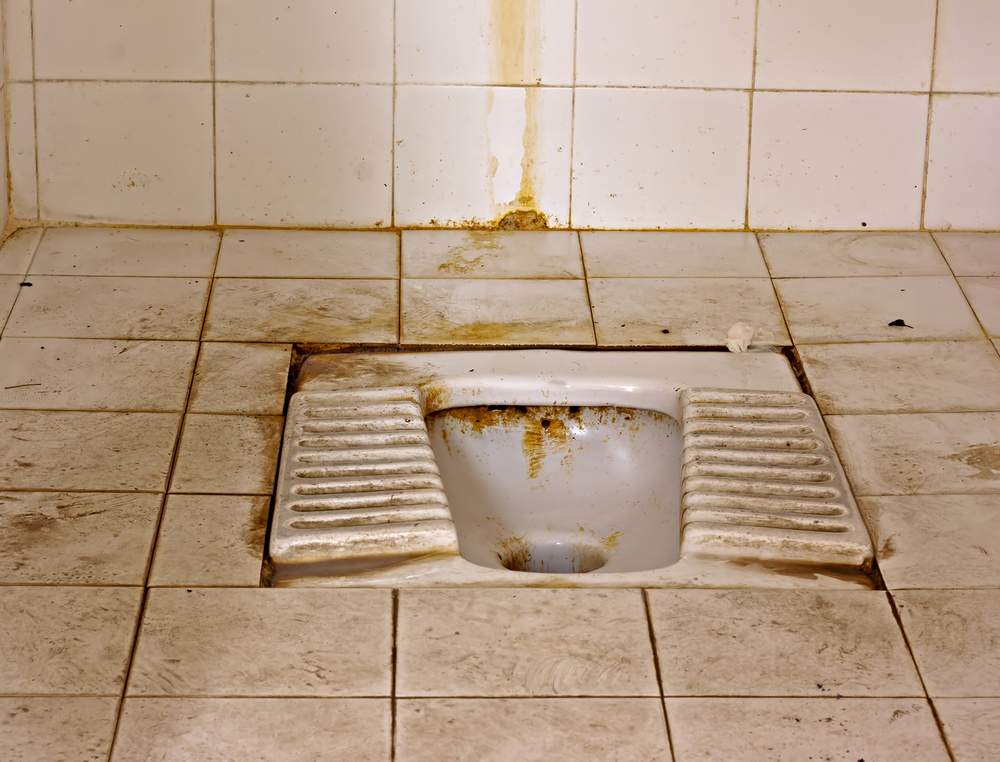
Before I traveled, bathroom business was never discussed in my social circle, but the more I move around the world, the more I realize that this subject is firmly on the backpacker acceptable conversation list, and although toilet stories come up perhaps a little more often than I would like, the fact is that the bathrooms in India need to be talked about if for no reason other than to prepare those uninitiated in the country’s toilet situation.
The facilities you are likely to use the most will be those at your hotel, and if budget is your most important factor when picking a room, be prepared for the fact that the toilet will be a squat, a hole in the floor, rather than the western kind you’re familiar with at home.
If you’re prepared to spend a little more, budget hotels with western toilets are fairly easy to come by, but that still doesn’t make the experience quite the same. Not only do cheaper hotels rarely supply toilet paper, meaning that you will have to buy it from the many street stalls (or take a few extra napkins at every mealtime), the Indian sewer system can’t handle toilet paper and you may have problems flushing tampons, too. Usually, that’s a simple matter to overcome as you simply deposit the used paper or menstrual supplies in the bin, but you will rarely find a bin in your bathroom as Indian custom doesn’t involve using toilet paper. The best advice is to keep a stash of plastic bags for disposal purposes. If all of this seems like too much effort, you can do as the locals and ditch the tissue paper in favor of a bar of soap, your left hand and the small tap next to the toilet in the bathroom.
Toilets aren’t the only bathroom issues, as budget rooms rarely come with a shower. Instead, you’ll find a tap, a bucket, and a jug supplied. A bucket bath can be a fun alternative to a shower even if that first dump of cold water may make you scream first thing in the morning. Simply fill the larger bucket with water and use the smaller jug to douse yourself with the clean water. If you have long, thick hair that requires a bit more attention, you may want to invest in the occasional room upgrade to be able to wash and rinse your hair in a shower.
Safeguard Your Stomach
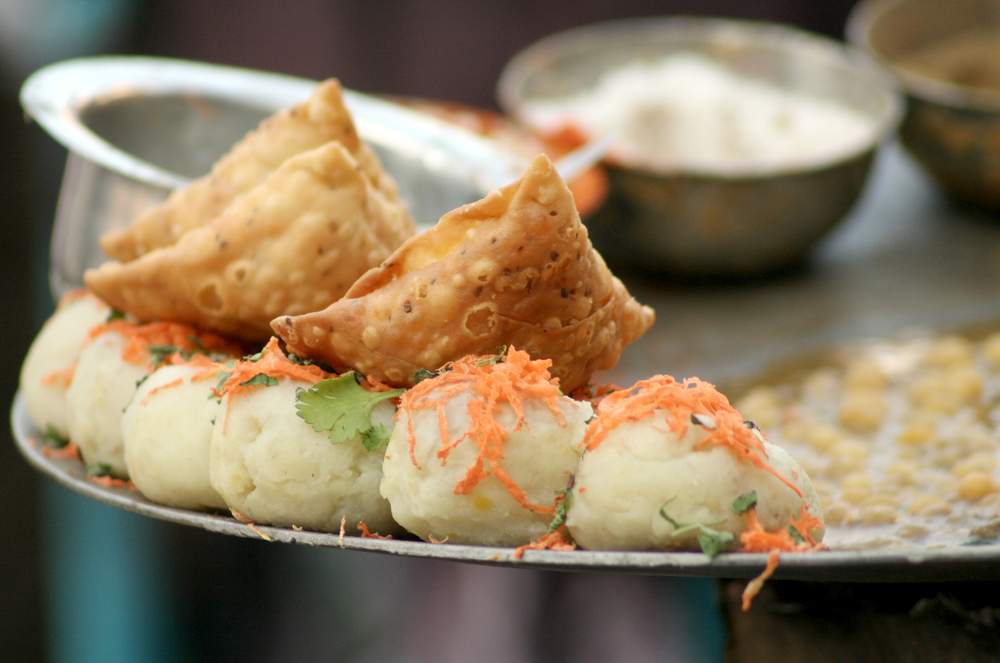
I recall in unpleasant detail being sick for around three weeks during my trip in India, which came as a surprise, as I’d been traveling for over a year and thought my stomach had become so strong I could have licked a rupee note and still been unaffected. I was wrong.
In a country where people and animals (cow’s, dogs, goats, and flies) vie for space, it’s not difficult to understand the origins of Delhi belly. I walked out of the hotel restaurant in one town because of the carpet of flies at the entrance only to find the same problem on the table in the next place and swarming out of the kitchen in another. Unless you’re going to dine in restaurants hermetically sealed off from real India, even assuming you can find them in every town you visit, you should anticipate getting sick at least once.
Of course, there are some precautions you can take to reduce the risk. I won’t suggest avoiding the street food, that was one of the true delights of India for me, but keeping your own hands clean with sanitizer gel might keep some bacteria at bay. It’s best used after you handle money and before you eat, especially given most meals will be eaten with your hands rather than cutlery.
In the likely event that your stomach does get angry with you, the best thing you can do is to seek treatment. Many people endure diarrhea in the hope it will pass (figuratively and literally), but this puts you at risk of dehydration, which can be even more dangerous, particularly in the heat of India. You’re unlikely to be far from a pharmacy in most places, and if your problems persist for more than a day or two, consult with the pharmacist, who will be able to help – remember, you won’t be the first or last person to suffer stomach issues at the hands of this country.
If you do get sick, give your stomach a break for a few days and try packaged foods (crackers and Coke worked for me), where you can be confident of the conditions they were made in. With quick and effective treatment you’ll be back to samosa eating health in no time.
Wash your own clothes
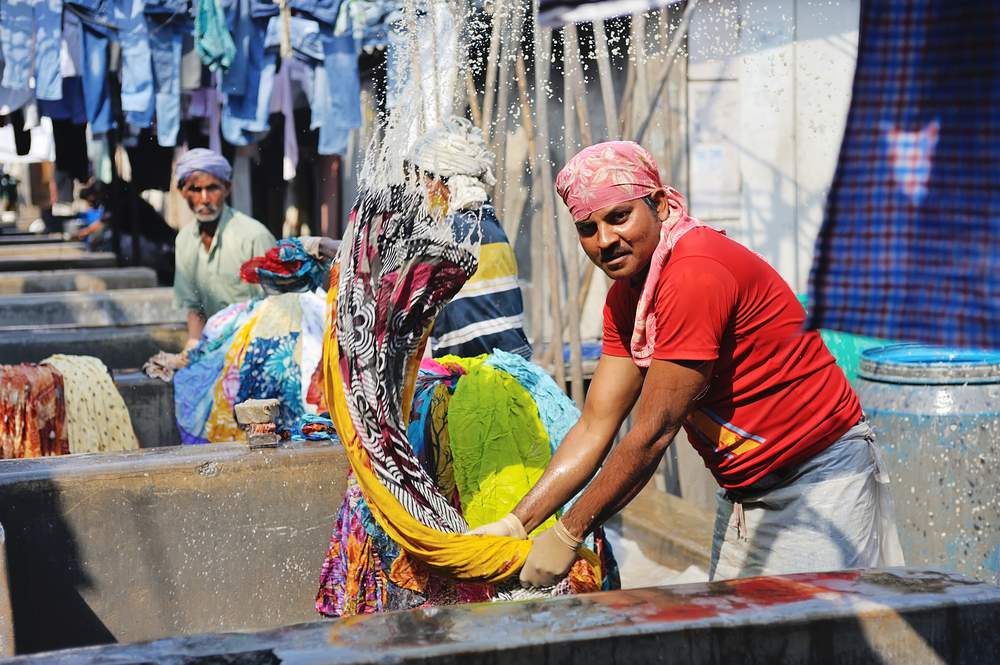
If you’ve traveled to other parts of the world, you’ll be accustomed to handing over your clothes, paying a very reasonable price by the kilo, and getting them back smelling fresh and clean within 24 hours. The system is somewhat different in India, starting with the fact that clothes are generally washed by hand. This means that laundry is charged per item (wouldn’t you apply that principle for such manually intense work?) and can get costly quite quickly. It also means that your clothes rarely come back with that fresh-laundered feel. On the contrary, the soap in India seems to have a special way of clinging to your clothes making them feel more slick than squeaky clean.
After a few less than satisfactory attempts, I did what most travelers do – bought a scrubbing brush (the grime from the streets loves applying itself to your clothes) and set to work on my own washing. It didn’t come back any cleaner than when I gave it to my hotel, and it was my labor, but it certainly saved me money.
Seek spirituality
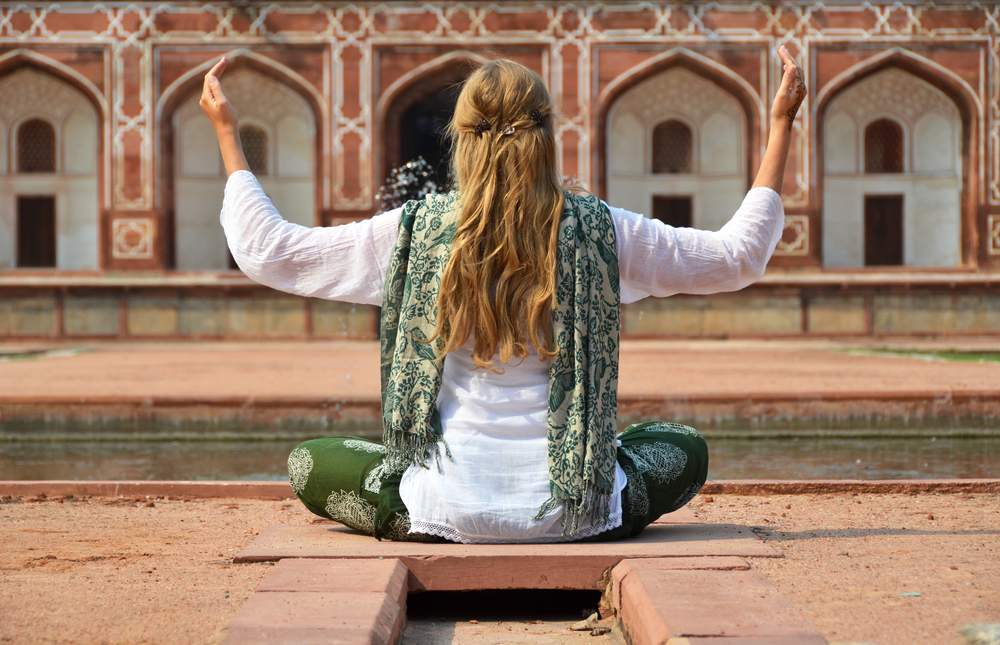
It would be fair to say that India is an epicenter of spirituality, and each year many people travel to this part of Asia in search of themselves, the meaning of life, a higher being, or some other form of spiritual experience. Whether they manage to find what they are looking for is an individual matter, and the level of spiritual immersion you seek during your visit will also differ from person to person, but one fact remains – there is an abundance of opportunities to indulge in spiritual activities in India.
I spent 10 long days fulfilling a personal goal of a silent meditation retreat, which was more challenging than most other things in my life, and my family and friends still barely believe that I managed to remain silent for that length of time. It turned out to be one of the most rewarding things I did during my entire trip.
Whether you undertake a yoga courses, master meditation, enjoy a stay in an Ashram, learn the ways of Buddha, take a pilgrimage, or simply stare into your navel on a beach in Goa, there is something about simply being in India that brings out the spiritual side in even the most hardened scientific mind.
Whether you love, hate, or end up love-hating the country, like I did, India is an experience worth having for men and women, even if women may encounter a few more hiccups on the road.
To learn more about India, check out the following articles and resources: